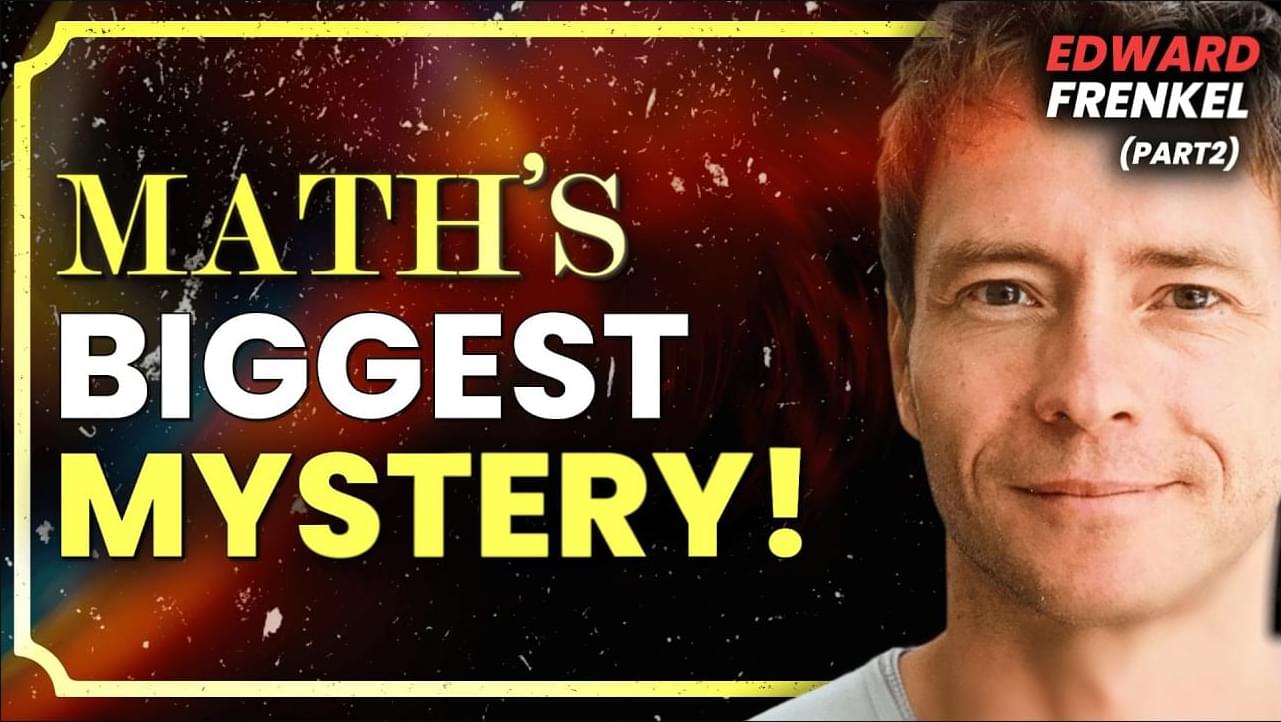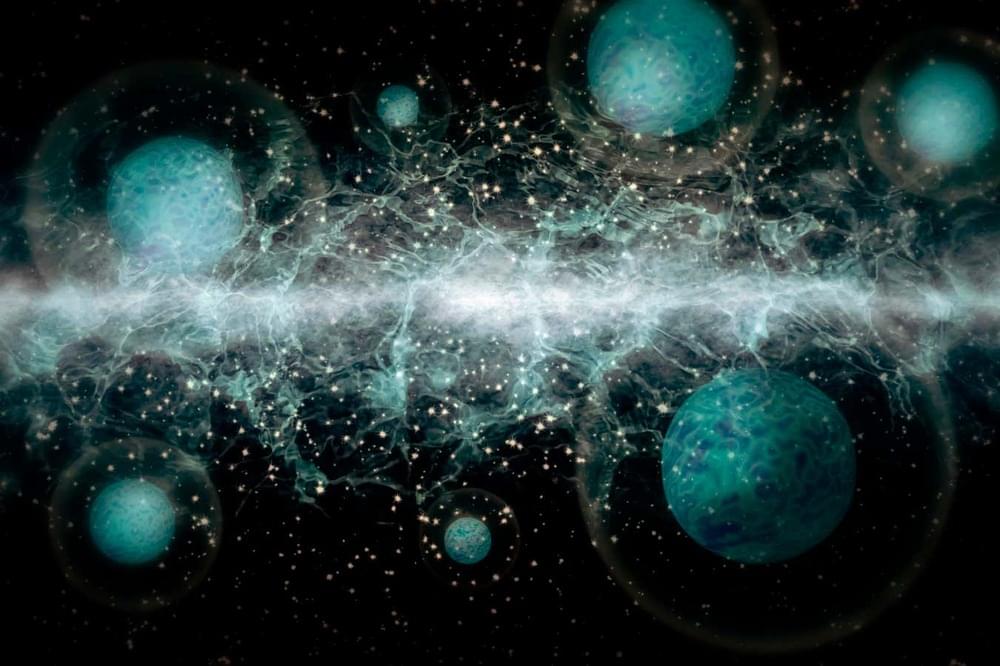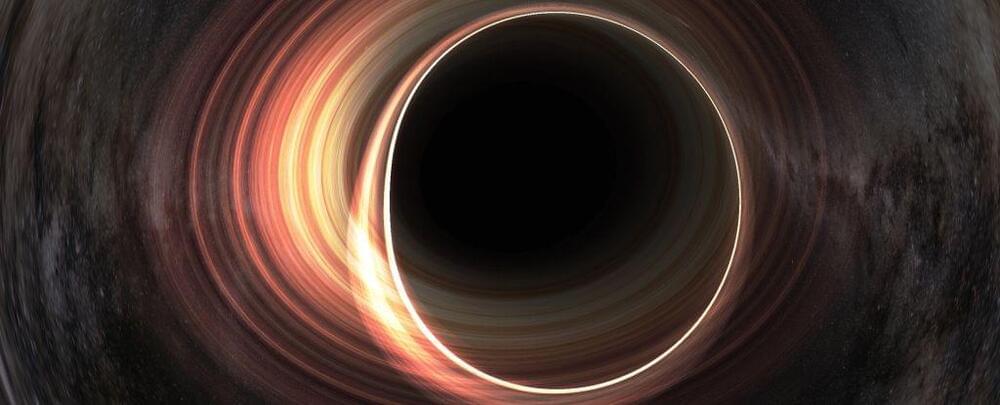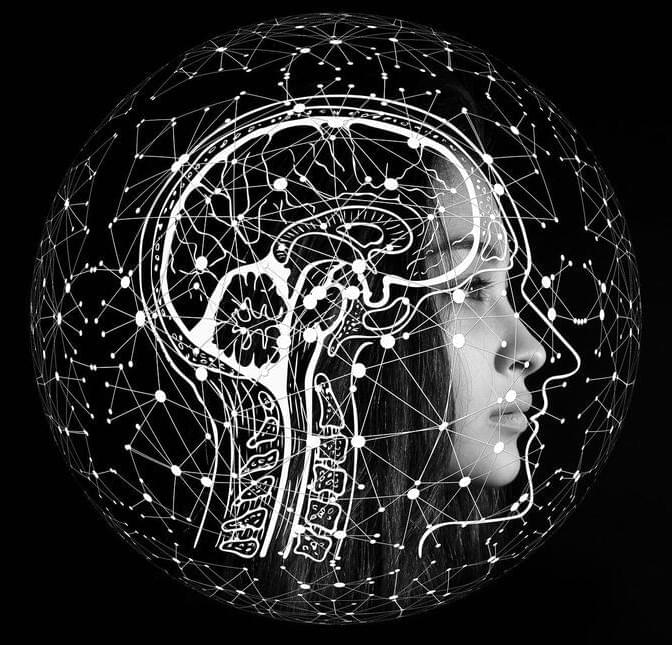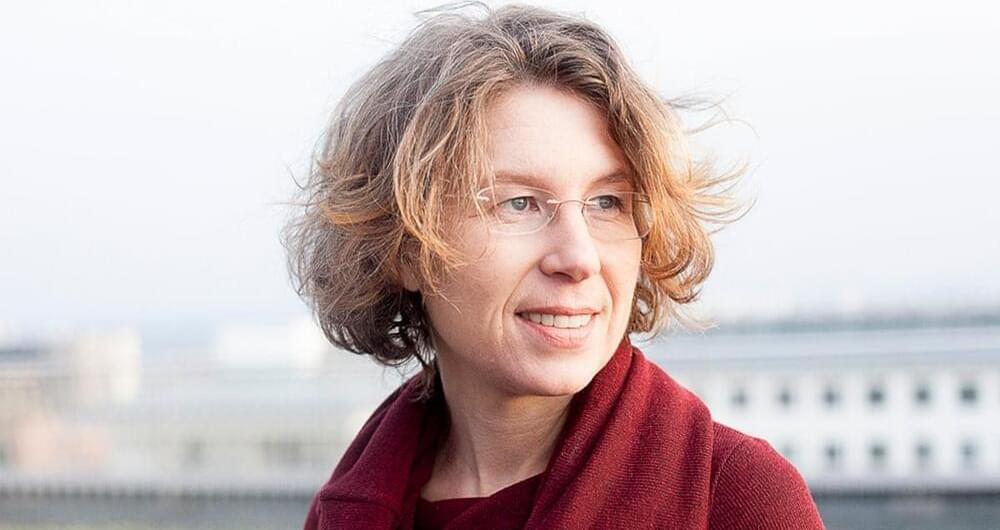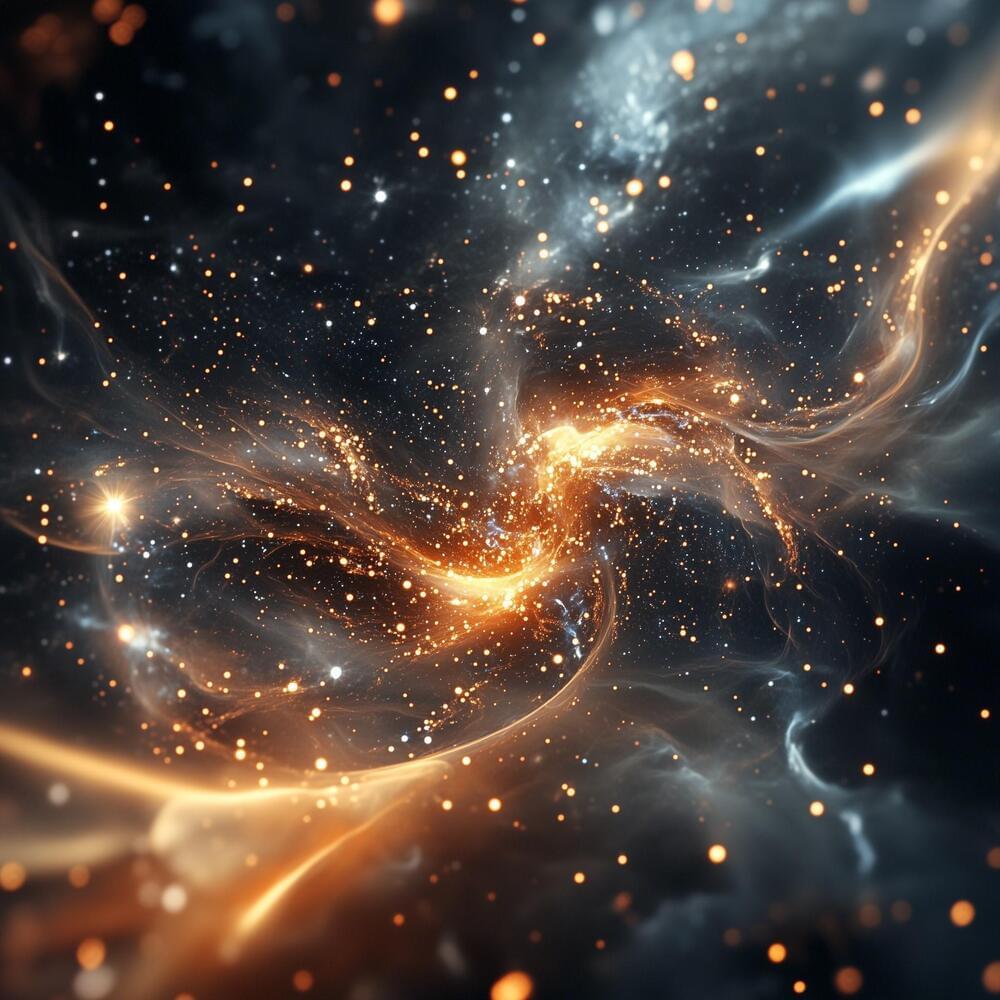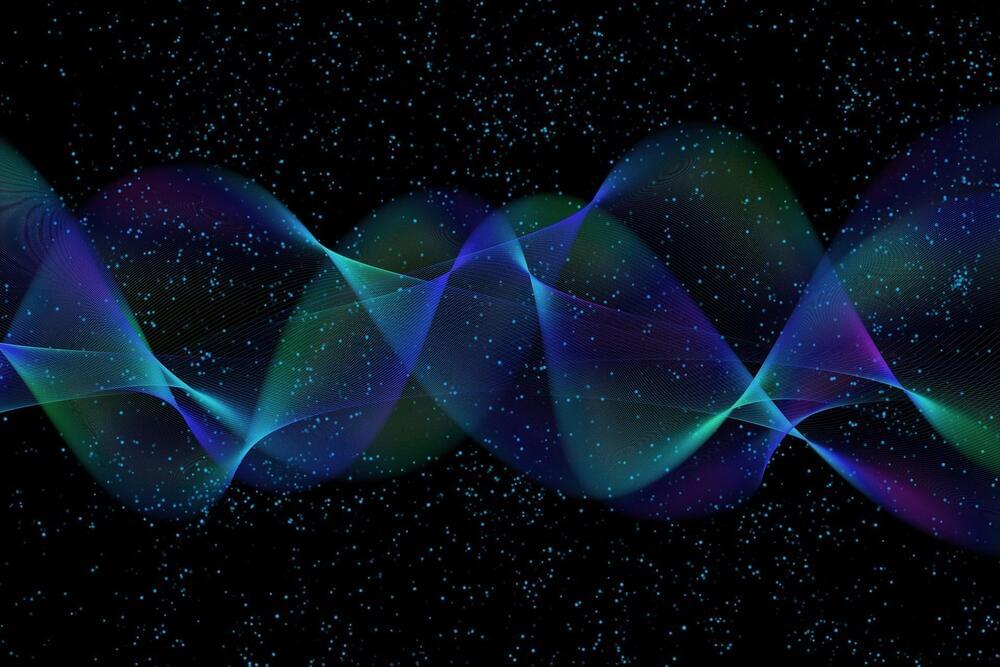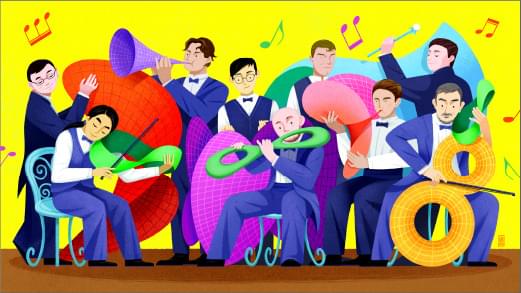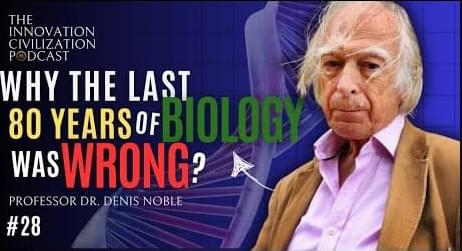Edward Frenkel is a renowned mathematician, professor of University of California, Berkeley, member of the American Academy of Arts and Sciences, and winner of the Hermann Weyl Prize in Mathematical Physics. In this episode, Edward Frenkel discusses the recent monumental proof in the Langlands program, explaining its significance and how it advances understanding in modern mathematics.
SPONSOR (THE ECONOMIST): As a listener of TOE you can get a special 20% off discount to The Economist and all it has to offer! Visit https://www.economist.com/toe.
Edward Frenkel’s previous lecture on TOE [Part 1]: • Revolutionary Math Proof No One Could…
Check out Edward Frenkel’s New York Times Bestselling book “Love and Math” which covers a lot of material in this video: https://amzn.to/4evbBkS
LINKS:
• Edward Frenkel’s Part 1 on TOE for the Langlands Program: • Revolutionary Math Proof No One Could…
• Edward Frenkel’s Twitter: https://twitter.com/edfrenkel.
• Edward Frenkel’s Official Website: https://edwardfrenkel.com.
• Edward Frenkel’s YouTube: / @edfrenkel.
• Edward Frenkel’s Instagram: / edfrenkel.
• Edward Frenkel’s Linkedin / edfrenkel.
• Edward Frenkel’s SoundCloud (DJ Moonstein): / moonstein.
• Edward Frenkel’s 1st TOE Episode: • Edward Frenkel: Infinity, Ai, String…
• Andre Weil’s letter on “Rosetta Stone” of Math: https://www.ams.org/notices/200503/fe…
• \
